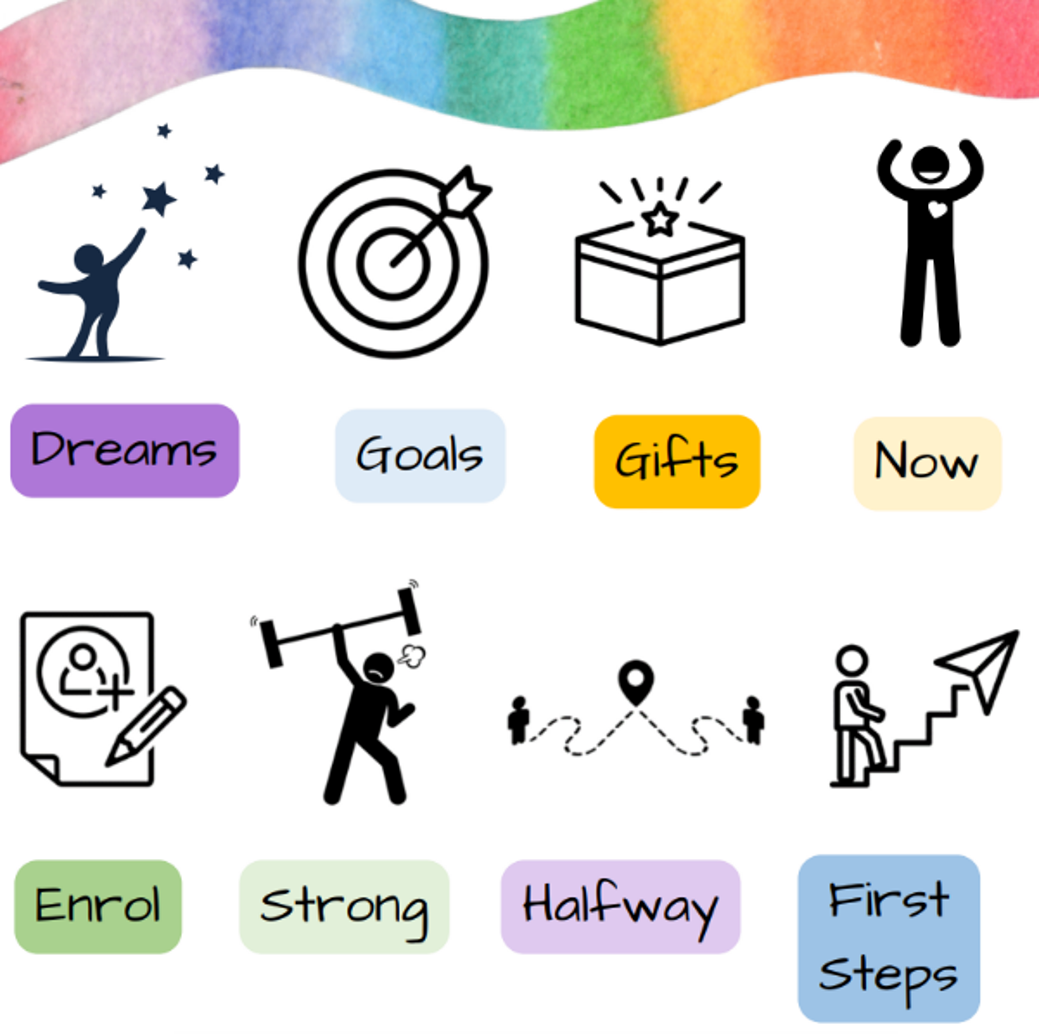Augmentative and Alternative Communication (AAC)
Communication devices, systems, strategies and tools that replace or support spoken language are known as augmentative and alternative communication (AAC). These tools support a person who has difficulties communicating using speech.
What is AAC and who is it for? What are the different types of AAC? What are the benefits of AAC? Check out this link to find out more: https://www.assistiveware.com/learn-aac/what-is-aac
 AAC Information.pdf
AAC Information.pdf
Chaplaincy
Currently our school has a Chaplain two days per week - Monday and Tuesday. Chaplaincy/student welfare services are optional and provide students and staff with
social, emotional and spiritual support. Additionally, our Chaplain provides students with an additional
adult role model in the school and enhances engagement with the broader community.
Guidance Officer
Guidance Officers work closely with students and their families, teachers, non-teaching
professionals and in some instances departmental agencies and authorities. They do this in
order to provide a wide range of support to students. Some Guidance Officer responsibilities
include:
- working directly with students and teachers, support personnel, family and other
specialists/professionals
- providing guidance and counselling services to students and their families
- planning or assisting in planning support programs that can help students achieve
positive outcomes
- providing advice about education and career pathways
- supporting students and families with access to external support services such as NDIS or community agencies.
PATH (Planning Alternative Tomorrows with Hope) Planning
Planning Alternative Tomorrows with Hope
(PATH) is a person-centred planning tool designed to help individuals envision
and work towards a desirable future. Our school uses PATH planning in Year 9 to assist with planning for life post-school and to develop meaningful senior programs.
A distinctive feature of PATH is its use
of graphic facilitation. As the 8-step process unfolds, a graphic facilitator
creates a visual representation of the discussion, capturing ideas, goals, and
action steps in real-time. This visual record serves as a powerful tool for
engagement, helping participants to see the plan’s progression and maintain
focus on the objectives.

Career Education
Research suggests that students who engage in high-quality career education during school are more engaged, achieve better academic outcomes, make more successful transitions out of school and have greater job, career and life satisfaction. Our school engages students in learning about career education from Year 7 through to Year 12 through the Australian Curriculum.

![]()
![]()
![]()
![]()